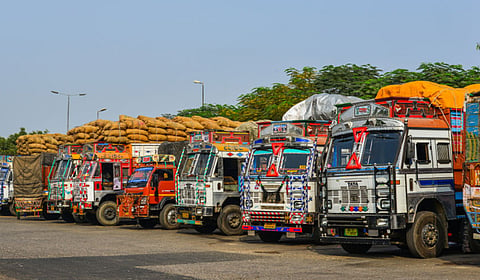

On January 2, petrol pumps in various Indian cities saw long queues as citizens rushed to refill their vehicles, anxious about a potential fuel shortage due to truck drivers' protests against a specific provision in the new penal law dealing with hit-and-run accidents involving motorists.
Beginning their three-day protest on January 1, truck and private bus drivers blocked major highways and roads across the nation for the second consecutive day, causing widespread panic. This resulted in extended lines at petrol stations in several Indian citiesi. Some stations even closed, displaying signs indicating a lack of stock.
Drivers' Appeals:
Bus and truck drivers are appealing to the government to annul the new provisions, arguing that the stringent penalties pose a direct threat to their livelihoods.
Understanding the New Legislation:
As per the Bharatiya Nyaya Sanhita, India's proposed criminal code replacing the colonial-era Indian Penal Code, drivers causing a severe road accident due to negligent driving and leaving the accident site without reporting to the police or any administration official could face up to 10 years in prison or a fine of Rs 7 lakhs. Section 106(2) of the new Bharatiya Nyaya Sanhita states, "Anyone causing the death of a person by rash and negligent driving of a vehicle, not amounting to culpable homicide, and escaping without reporting it to a police officer or magistrate soon after the incident, shall be punished with imprisonment for a term up to ten years and shall also be liable to a fine."
Contrast with the Previous Law:
In contrast, the old British-era Indian Penal Code (IPC) did not have a specific provision for hit-and-run cases. Such cases were dealt with under Section 304A of the IPC, where a person causing another's death through a rash or negligent act could face a maximum jail term of two years or a fine. The section stated, "Anyone causing the death of a person by any rash or negligent act, not amounting to culpable homicide, shall be punished with imprisonment for a term up to two years, or with a fine, or with both." All hit-and-run cases, along with other activities falling under the category of "rash and negligent act," were registered under Section 304A of the IPC.